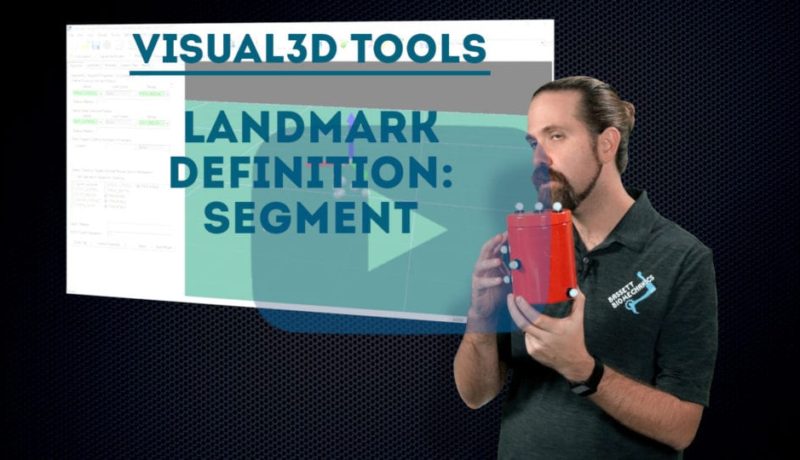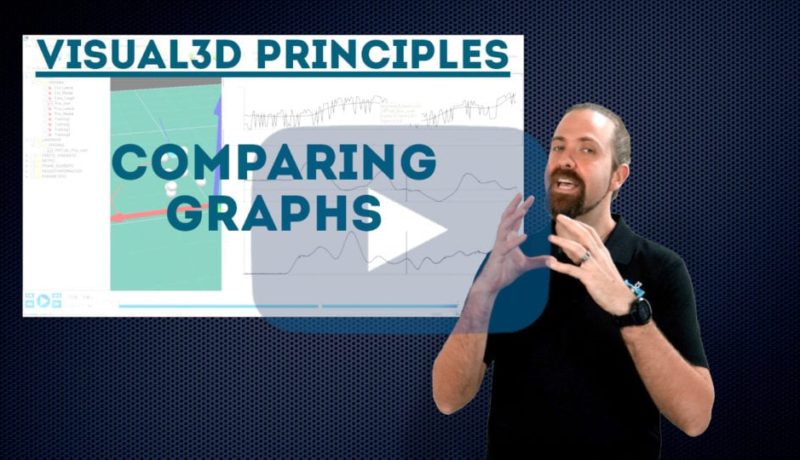Thorax segment definition
Chapter 3: Thorax segment definitionThe peculiarity of defining a thorax earned this segment it’s own chapter. Due to the technical […]
Chapter 3: Thorax segment definitionThe peculiarity of defining a thorax earned this segment it’s own chapter. Due to the technical […]
Visual3D BasicsUnit 1:Building your first biomechanical model Chapter 5: Defining segments for a Conventional Gait Model We don’t always have […]
Chapter 4: Defining segmentsA biomechanical model in Visual3D is made up of a series of segments. In this chapter, we […]

This tutorial shows how to define a landmark based on an existing target. This allows you to track an anatomical point from the static trial in dynamic trials as well, even if there is no physical marker at that location.

This tutorial shows how to define a landmark in Visual3D by projecting an existing landmark or target onto a plane. This is useful, for example, in tracking the motion of a subject’s center of mass with respect to the floor.

This video shows how to define landmarks in Visual3D using your lab’s global coordinate system. A landmark is defined by its X, Y, and Z offsets from the lab’s origin point; this can be especially useful in creating a virtual lab.

This tutorial shows you how to define a landmark using the coordinate system of an entire segment. This can be useful when definition markers might become occluded or when the landmark doesn’t correspond to existing points.

This quick tutorial shows how to compare graphs in Visual3D, which can be useful for quality control or for analyzing the difference between signals. We compare the graphs of a marker and a virtual marker and create a pipeline to calculate the difference between the signals.

This tutorial shows how to define a landmark in 3D space in Visual3D. When you use three points for reference, you can specify offsets along the X, Y, and Z axes, giving you full control over where in virtual space to place your landmark.

This tutorial shows how to track a point of interest located on a line between two other points. This is useful for tracking points that cannot be directly defined by markers, such as the knee joint center.